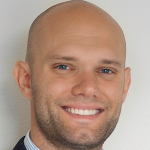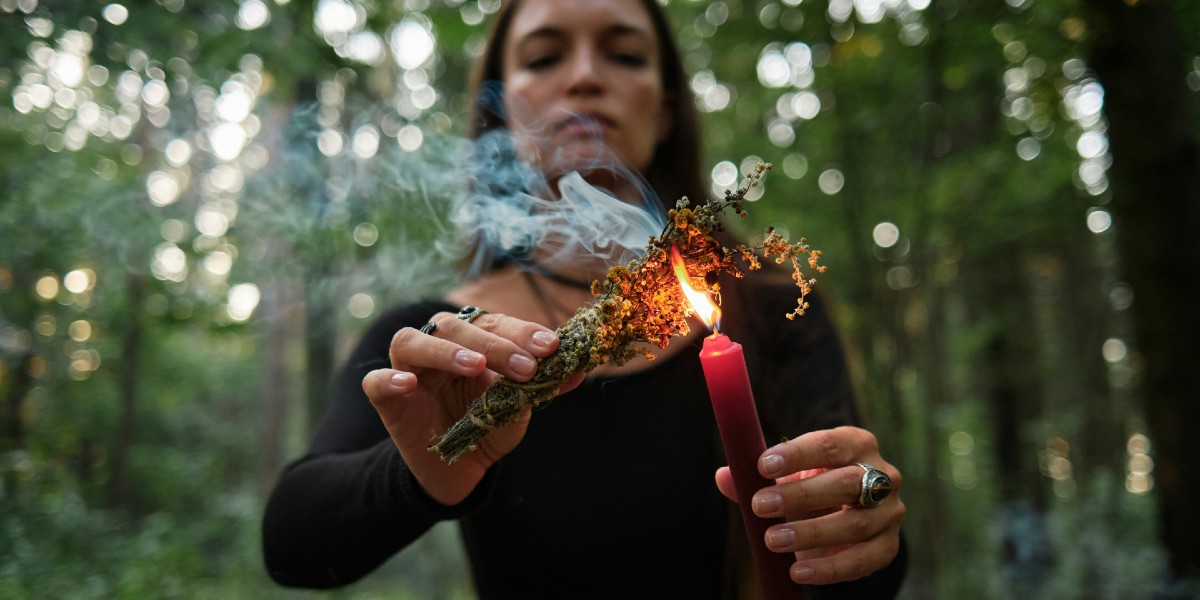Manvir Singh is an assistant professor of anthropology at the University of California, Davis. He is a regular contributor to The New Yorker, and his writings have also appeared in Wired, Vice, Aeon, and The Guardian, as well as in leading academic journals, including Science and Nature.
Since 2014, he has been returning to Siberut, a rainforest-covered island in western Indonesia, where he spent over a year living and working with shamans. He slept beside them in longhouses, watched them dance until they entered trance, and stayed up all night as ecstatic healing ceremonies turned into communal celebrations. His interest in shamanism began on Siberut, but he then followed it around the world. He has inhaled a psychedelic snuff in the Colombian Amazon, witnessed a low-status man become possessed by a god in Southern India, and learned neo-shamanic techniques at Burning Man.
What’s the big idea?
Shamanism is based on a decade-long journey to understand shamanism: what it is, how it emerges, and why it will never truly disappear. The lesson Manvir took away from his travels and studies is this: Shamanism is not some exotic relic of the past. It’s a near-universal human invention—a powerful cognitive technology that emerges as people try to tame the uncertain.
Below, Manvir shares five key insights from his new book, Shamanism: The Timeless Religion. Listen to the audio version—read by Manvir himself—below, or in the Next Big Idea App.

1. Shamanism keeps emerging, because it responds to a universal need.
The shaman is a specialist who enters altered states to engage with unseen forces and provide services like curing and divination. These figures have appeared in nearly every documented human society, from Arctic reindeer herders to Amazonian horticulturalists. Their practices vary—some shamans consume hallucinogens, others only use dance and drumming to induce trance, still others subject themselves to darkness—but beneath that diversity is similarity. Again and again, people seek out ritual specialists to diagnose misfortune and influence fate.
This recurrence isn’t the result of historical diffusion; rather, it arises from something deeper. Shamanism speaks to universal features of the human mind. For one, we’re pattern seekers: We discern hidden causes behind suffering and agency behind random events. On top of that, we’re superstitious bet-hedgers: Even when we’re unsure something will work, we still perform rituals if the cost is low enough compared to the stakes. These tendencies, grounded in evolved cognitive biases, make shamanic practices not just plausible but attractive.
Many people assume that shamans don’t exist in Western societies, but this reflects prejudice more than fact. Some Hebrew prophets were clearly shamans; early Christians likely were, as well. Many Pentecostal pastors follow a similar template: they enter a trance, commune with spirits, and perform acts of healing. The rituals may change, but the underlying structure is consistent.
2. We associate difference with power.
Across societies, people intending to become shamans undergo intense initiations, including death and rebirth ceremonies, magical surgeries, and long bouts of isolation. They deny themselves food and sex and sometimes ingest alarming quantities of psychoactive drugs. Among the Mentawai, the group with whom I’ve worked in Indonesia, an initiate needs to have their eyes treated with magical herbs so that they can see souls and spirits. In some Australian societies, it was believed that wannabe shamans were cut open and crystals were placed inside their bodies. The reason for all this is that we connect difference to power. We intuit that a person is more likely to have supernatural abilities if they fundamentally depart from the rest of humanity.
“The farther someone diverges, the more magical they seem.”
This intuition manifests everywhere, including in tech CEO culture. The trends that flourish among Silicon Valley executives—and the language used to describe them—often look strikingly shamanic. Jack Dorsey, when CEO of Twitter, claimed to eat a single meal each day. Elizabeth Holmes (of Theranos fraud fame) said she survived on an absurdly austere green juice. There are also figures like Sam Bankman-Fried, who seemed to deliberately present himself as messy and unconcerned with social norms, apparently because it boosted a perception of his genius. Whether among Ice Age hunters or the most talked-about tech companies, our instinct is the same: the farther someone diverges, the more magical they seem.
3. Ecstasy and authority are locked in an unending battle.
A popular assumption is that shamanism is a primitive form of religion, a precursor in some grand evolutionary trajectory that ended with traditions like Christianity and Islam. But that’s not what happened. If you look at the histories of religions, you’ll see that many started out shamanic, with trance, prophecy, and healing at the center.
As power centralized, however, authorities turned on ecstatic experience. The reason is competition. To permit shamanism is to allow others to claim a direct line to the divine—which threatens leadership, siphons away followers, and challenges doctrinal control.
And yet, shamanism returns. Its psychological pull keeps reviving it. Countless Christian offshoots, from the Quakers to the Mormons, started out floridly shamanic, with trance at center stage. But the same dynamic unfolded again and again. As these movements institutionalized, trance was purged. The Mormon leader Brigham Young is a textbook case: In his younger days, he celebrated ecstatic experience as a throwback to early Christianity. Once he became president and prophet, however, he banned it to maintain control over church doctrine.
4. The world’s healing traditions hold lessons for biomedicine.
When I started this research, I saw many assertions that shamanic ceremonies heal people. But I was skeptical. The claims seemed to stem more from romanticism than from rigorous evidence. Yet after observing healing ceremonies, interviewing patients, and studying the psychology of healing, I’ve come to believe that shamanic practices often do help—and that they work through three key mechanisms.
First, they trigger the placebo effect. Studies show that the placebo effect is stronger when the treatment is immersive and patients feel cared for. Shamanic healing exemplifies both: It’s sensory and dramatic, and rich in empathy.
“By looking to the world’s healing traditions, we can recognize what might be missing from our own.”
Second, these ceremonies rewrite harmful narratives. Patients might arrive with troubling stories: They are haunted by witches; a local spirit is attacking them; their soul escaped their body and is hiding in the forest. Through music, trance, and performance, shamans enact stirring rituals that alter these understandings. They identify and battle witches; they negotiate with spirits; they call lost souls with entrancing songs. As with good psychotherapy, healing lies in changing the patient’s story.
Finally, shamanic rituals are social technologies. Patients are surrounded by family and community. Ceremonies can feel like multi-day parties, filled with touch, feasting, and all-night dancing. We know that loneliness can be as damaging as disease, so it’s no surprise that these rituals should bring relief.
There are many more ways to cure than our medical systems typically permit. By looking to the world’s healing traditions, we can recognize what might be missing from our own.
5. Even secular people are drawn to magicians.
Even in secular contexts without literal shamans, you still find people who promise to decipher hidden forces and predict the unpredictable. They’re not literal shamans, but these “hedge wizards,” as I call them, occupy a similar psychological niche.
Consider money managers. Decades of research have shown that they consistently fail to outperform the market, let alone each other. Yet people still pay them staggering fees to divine the financial future. Money managers cultivate their own mystique. They project charisma, work impossible hours, and obsess over esoteric signals. Even the flaws popularized in media portrayals—greed, hedonism, volatility—enhance the illusion of exceptional minds operating on a different plane.
Hedge wizards don’t enter trance or speak to spirits, but they’re sustained by the same craving that has kept shamanism resurfacing around the world: the hope that someone, somewhere, can keep our anxieties at bay.
Enjoy our full library of Book Bites—read by the authors!—in the Next Big Idea App:






























